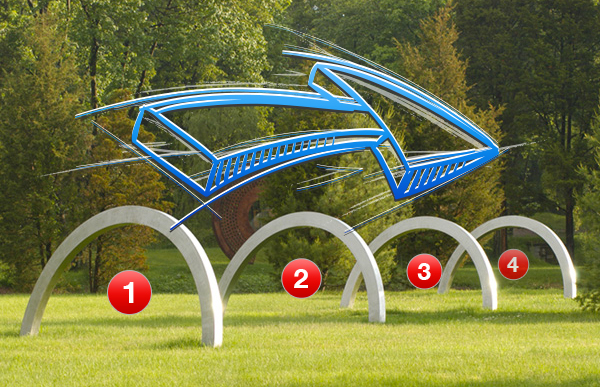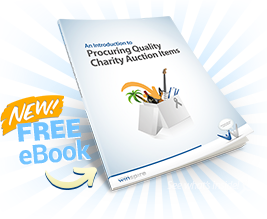Most auctions can be broken down into four general phases, or what we like to call “the arc” of the event. As you hit each phase of the arc, it is helpful to have an overall goal in mind along with specific tasks you want to accomplish to keep you and your team focused and on track.
Following are the four phases…
Donation Procurement
The first phase can have a huge impact on the success of your event as it sets the foundation for the phases that follow. During this phase, you should:
- Build your procurement team
- Brainstorm auction ideas
- Create a procurement plan
- Acquire donations
Your overall goal should be to acquire unique, exciting auction items that will encourage bidding. For the live auction, be sure to include big-ticket items that will help boost fundraising efforts.
If you’re hosting a silent auction, try to acquire as many physical items as possible. Even simple items that may seem pointless to collect at first can be useful later, especially when you are trying to bolster the presentation of items like gift certificates that don’t show well on their own.
Event Preparation
As you reach the second point on the arc, your procurement committee should be done acquiring items so you can begin preparing for the event. This phase includes:
- Bundling items into packages
- Creating printed materials such as the auction program guide, bid sheets and signage
- Staging auction items
The end result of this phase is to have all your items set up completely and in such a way that will encourage bidding from your guests.
Be sure not to overcrowd tables with too many auction items and leave enough space between them so bidders can move around easily. When setting up the auction room on the day of the event, start early so you aren’t scrambling moments before the event starts.
The Auction Event
During the actual event phase, your main duty is to mingle and network with donors. The volunteers that you have trained will keep the event running smoothly and be in charge of event tasks like monitoring tables, cashiering, item check out, etc. Take this time to interact with your donors and share information about your organization.
Post Auction
The event may be over, but you still have a lot of work to do! Once you’ve reached the other side of the arc, be sure to:
- Follow up with donors who have not picked up or paid for items
- Thank donors with personalized cards, phone calls or lunches
- Analyze your event and determine what went well and what didn’t
It’s important at this point to look back on your event in order to improve next year’s auction. Pinpoint areas that could use some improvement and survey donors to get feedback. The better you understand what problems could be hindering your success, the more likely you will be able to fix those issues in the future.
Also take some time to reflect on the things that went well before, during and after the event. Jot these things down so you can remember to do them again! These lists are also incredibly valuable for anyone taking your place and organizing the same event in subsequent years.
Secure Better Auction Items!
A successful charity auction relies on your ability to get exciting and appealing items for your donors to bid on.
Download this Free eBook with tips for making auction item procurement more efficient, more effective and easier for your entire team.
{{cta(’98a2293f-b9e0-4c7d-a514-4d0e53af0c60′,’justifycenter’)}}


